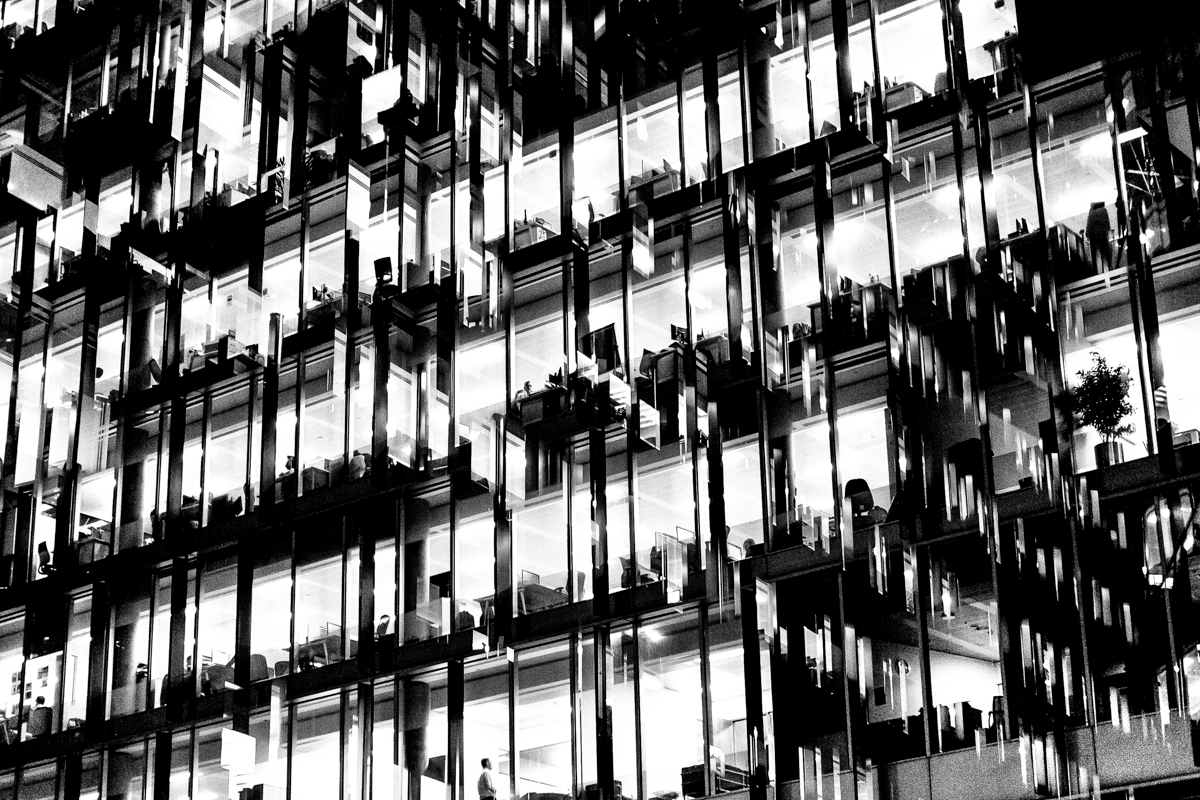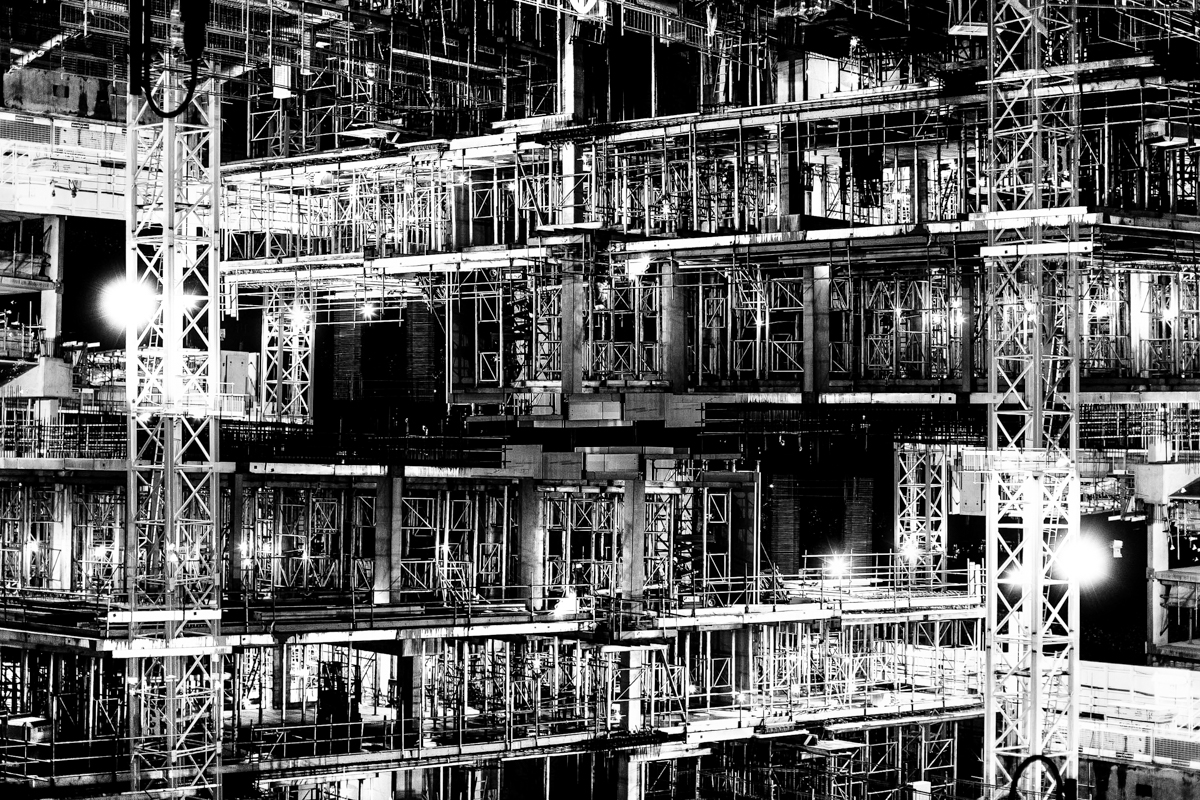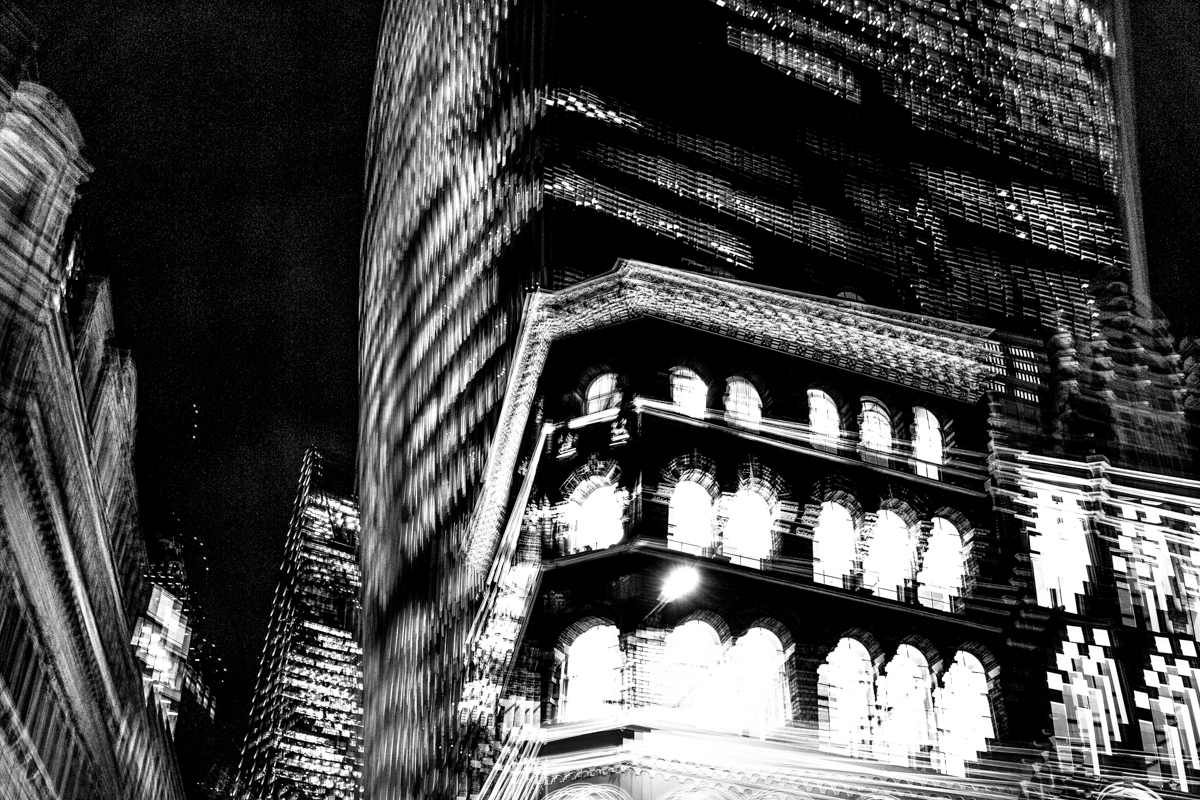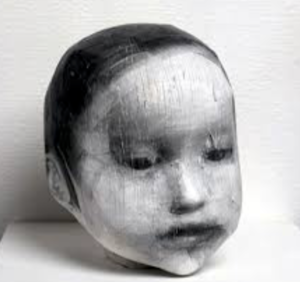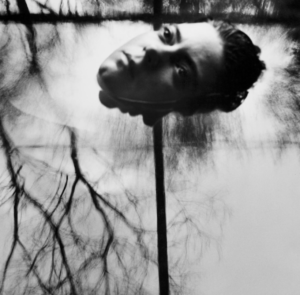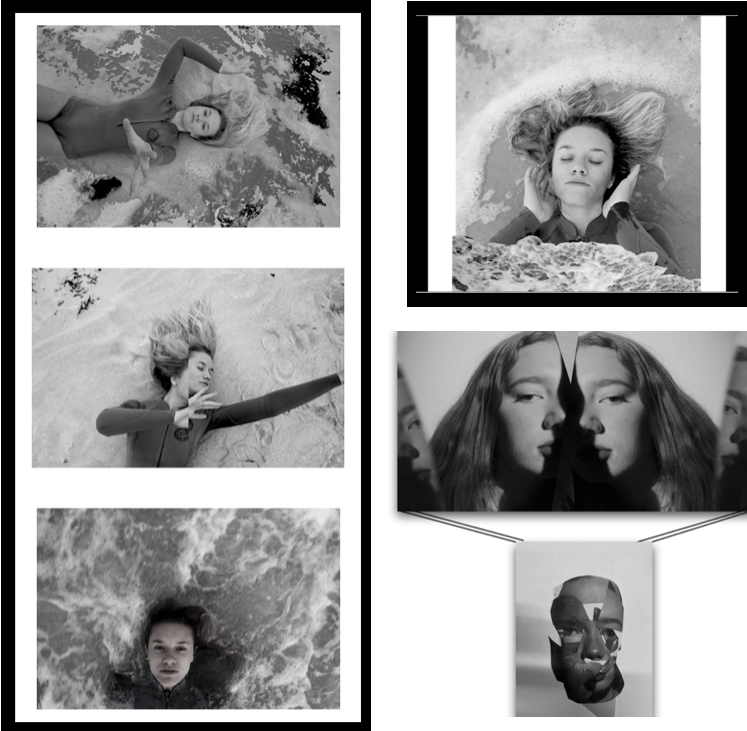William Eggleston born 1939 is an American Photographer who is highly credited for the population of colour photography as a legitimate artistic medium to be displayed in art galleries
who is highly credited for the population of colour photography as a legitimate artistic medium to be displayed in art galleries
.From an early age, he was also drawn to visual media, and reportedly enjoyed buying postcards and cutting out pictures from magazines.ggleston’s early photographic efforts were inspired by the work of Swiss-born photographer Robert Frank, and by French photographer Henri Cartier-Bresson’s book, The Decisive Moment. Eggleston later recalled that the book was “the first serious book I found, from many awful books…I didn’t understand it a bit, and then it sank in, and I realized, my God, this is a great one.”[1] First photographing in black-and-white, Eggleston began experimenting with color in 1965 and 1966 after being introduced to the medium by William Christenberry. Color transparency film became his dominant medium in the later 1960s. Eggleston’s development as a photographer seems to have taken place in relative isolation from other artists.
Image Analysis
In this image Eggelstion has used the natural day light to highlight this image, could have been taken during the ;golden hour’ as the overall image was warm orange to which can normally only be found during these hours. The shadows that have been created due to the placement of the sun have help to create contrast within the image. A deep depth of field looks like it has been used as the whole of the image is in focus .A fast shutter speed would have been used so large amount of light wouldn’t be able to get into he camera and make the image too-overexposed. The colour palette is made up of bright and pastel colors such as pink,yellow,blue and grey theses colour created a bright and playful tone for the image. The image is entitled ‘Untilted’ from his project The Democratic Forest 1983

